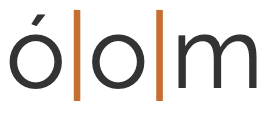Phonology
The following represents the general repertoire of the Wolof languages and dialects.
Click on the sounds to reveal locations in this document where they are mentioned.
Phones in a lighter colour are non-native or allophones. Source Wikipedia.
Vowel sounds
Long vowel sounds are distinctive.
Consonant sounds
| labial | alveolar | palatal | velar | glottal | |
|---|---|---|---|---|---|
| stop | p b | t d | c ɟ | k ɡ | ʔ |
| pre-nasalised | ᵐb | ⁿd | ᶮɟ | ᵑɡ | |
| fricative | f | s | x | ||
| nasal | m | n | ɲ | ŋ | |
| approximant | w | l | j | ||
| trill/flap | r | ||||
 |
 |
 |
 |
 |
The glottal stop occurs before standalone vowels, but is not written.
able
Vowel harmony
Vowels in suffixes tend to be altered due to vowel harmony, based on the advanced tongue retraction (ATR) of the word-initial vowel. There are some exceptions.
+ATR vowels are: i u é ó ë.
-ATR vowels are: e o a.
Authors differ in whether they reflect the vowel harmony in writing.wwo
Tone
There is no tone in Wolof.
Structure
Gemination is common and occurs with all consonants except q, ʔ, f, s, and x.wwo
Gemination and consonant clusters do not occur in word-initial position, but can occur medially and in final position, where they may be followed by a faint epenthetic schwa.wwo
p, d, c, and k only occur formally in word-initial position, unless geminated (which is common), or following a nasal. However, word final b, j, and g are typically devoiced and become allophones of those consonants.wwo


